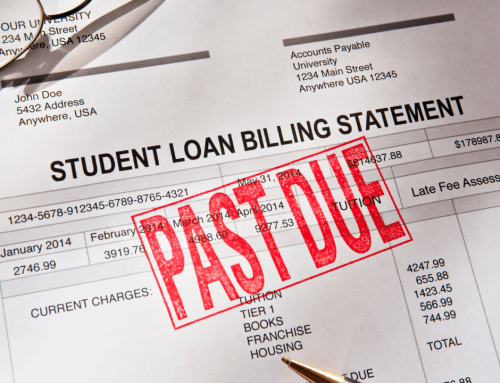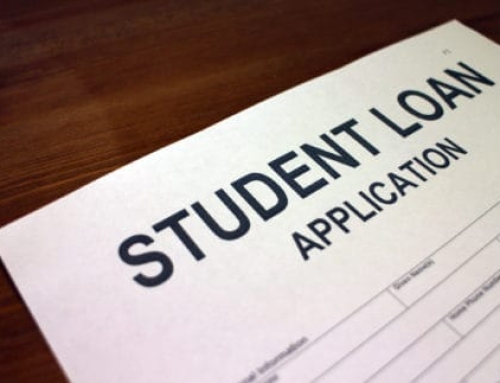We have written frequently about the growing student loan debt crisis in the U.S. Today, we’ll look at one aspect of the student loan landscape that has been getting a fair amount of news coverage in recent months.
PUBLIC SERVICE LOAN FORGIVENESS (PSLF) PROGRAM
In 2007, the Public Service Loan Forgiveness (PSLF) Program was created through a Congressional Act called the College Cost Reduction and Access Act of 2007. In summary, the PSLF permits direct loan borrowers (loans that come directly from the U.S. Department of Education) to have the balance of their loan forgiven, linked to three conditions:
- Participants must make 120 on-time, full, scheduled, monthly payments on their direct loans,
- Payments must be made under a qualifying repayment plan, and
- While making these 120 payments, borrowers must be working full-time with a qualifying public service organization.
Qualifying employment is considered employment with:
- A federal, state or local government agency,
- A not-for-profit organization that has been designated as tax-exempt under section 501(c)(3) of the Internal Revenue Code, or
- Certain pre-approved not-for-profits that do not qualify for tax-exempt status.
THE INITIAL REPORT CARD
The first wave of PSLF borrowers would have become eligible for loan forgiveness in October 2017. However, earlier in 2017, the CFPB began seeing a pattern of complaints about the program that were concerning.
Here’s what investigators found: borrowers would notify their loan servicers of their intent to enroll in the program, then make it years into the repayment process before being told they didn’t yet qualify because they had the wrong type of loan, the wrong payment plan or the wrong type of employment. In many cases, information may have been coded incorrectly on application forms.
In fact, by the middle of 2018, CFPB investigators found that a staggering 99% of applications for forgiveness had been denied. At that time, 28,000 borrowers had submitted almost 33,000 applications for forgiveness under PSLF. According to a report by the CFPB, more than 70 percent of the 29,000 processed applications were denied for reasons such as those listed in the previous paragraph. Another 28 percent plus were denied due to missing or incomplete information on their applications.
In plain terms, this means that the federal government has told almost all the borrowers, who have been repaying loans in good faith and based on their agreement with the federal government, that they are on the hook for the remainder of their loans.
Perhaps, on some level, what’s happening with PSLF is not a surprise. The Department of Education (DOE) has become a multi-trillion-dollar lending institution, servicing more than 40 million students. It simply isn’t equipped to handle the calls and paperwork required to service this volume of loans. So, DOE outsources customer service to nine different organizations. It’s possible that such decentralization of customer service creates the potential for the kind of administrative problems that are dogging PSLF.
STAYING ON TRACK…
The PSLF program became front-page news several months ago when Seth Frotman, then-head of CFPB’s student loan division, resigned in light of the growing number of complaints.
Frotman’s resignation followed a report he authored in June 2017, titled “Staying on Track While Giving Back,” in which he raised the first alarms about PSLF. “Many borrowers attempting to invoke their rights under federal law to these protections point to a range of student loan industry practices that delay, defer, or deny access to critical consumer protections,” Frotman wrote in the report’s introductory letter.
The Frotman report provided more detail than the “official” report card, noting complaints about student loan complaints increased 325 percent from the period of March 1, 2016, through Feb. 28, 2017. The report singles out the PSLF program, saying it could be improved, and complaints mitigated, by making several modifications:
- Loan servicers providing correct information to borrowers so the latter enroll in qualifying repayment plans;
- Servicers providing “uniform, clear, periodic, plain language reminders” of the need to recertify income and family size to remain enrolled in an Income-Driven Repayment Plan; and
- Policymakers and student loan industry providers giving full access to borrowers for the range of protections guaranteed under federal law.
Clearly, creative solutions such as PSLF are required as the country grapples with the growing student debt crisis. Mandatory public service (often military) is common in many western-style democracies. As public service sectors such as teaching and law enforcement are often desperate for new recruits, PSLF provides a pipeline and a win-win for debt-burdened students and local communities.
We will continue to follow developments in the PSLF program.
SOURCES
https://www.npr.org/2018/10/17/653853227/the-student-loan-whistleblower
https://ifap.ed.gov/eannouncements/091918FSAPostsNewReportstoFSADataCenter.html
Error: Contact form not found.




